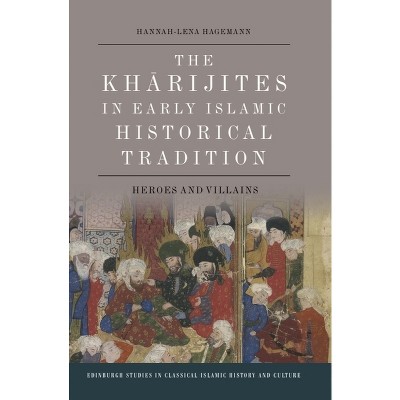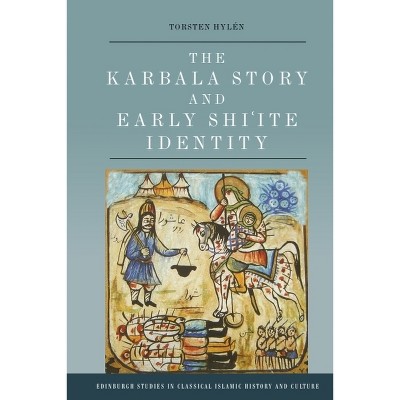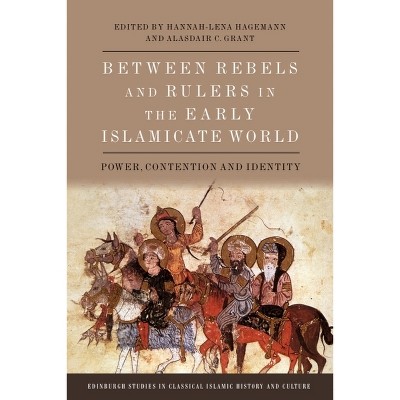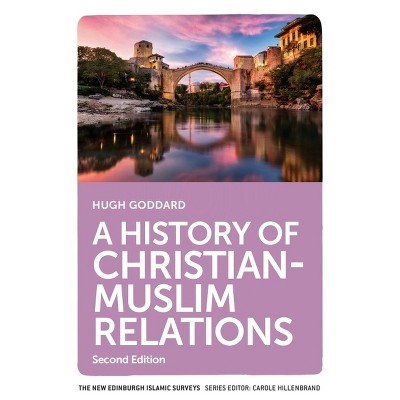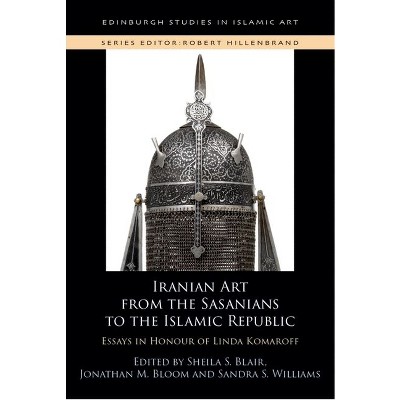Sponsored

Zoroastrians in Early Islamic History - (Edinburgh Studies in Classical Islamic History and Culture) by Andrew D Magnusson (Paperback)
In Stock
Sponsored
About this item
Highlights
- The second Muslim caliph, Umar ibn al-Khattab, once reportedly exclaimed, 'I do not know how to treat Zoroastrians!'
- About the Author: Andrew D. Magnusson is Assistant Professor of History at the University of Central Oklahoma.
- 224 Pages
- Religion + Beliefs, Zoroastrianism
- Series Name: Edinburgh Studies in Classical Islamic History and Culture
Description
About the Book
Examines debates about the inclusion or exclusion of Zoroastrians in Islamic society circa 600-1000 C.E.
Book Synopsis
The second Muslim caliph, Umar ibn al-Khattab, once reportedly exclaimed, 'I do not know how to treat Zoroastrians!' He and other Muslims encountered Zoroastrians during the conquest of Arabia but struggled to formulate a consistent policy toward the adherents of a religion that was neither biblical nor polytheistic. Some Muslims saw Zoroastrians as pagans and sought to limit interaction with them. Others found ways to incorporate them within the empire of Islamic law. Andrew D. Magnusson describes the struggle between advocates of inclusion and exclusion, the ultimate accommodation of Zoroastrians, and the reasons that Muslim historians have subsequently buried the memory of this relationship.
From the Back Cover
Examines early Muslim discourses of religious inclusion and exclusion What was the status of Zoroastrians after Muslims conquered Iran in the 7th century? Zoroastrians in Early Islamic History addresses this and other issues of intercommunal contact in the early caliphates. It argues that caliphal administrators, following an imperial logic of accommodation, accepted tax from Zoroastrians without recognising them as People of the Book. Later Muslim jurists, uncomfortable with that decision, sought to circumscribe social interaction with Zoroastrians. Local Persian historians remembered the Muslim-Zoroastrian encounter differently. They promoted triumphal tales of violence and temple desecration. Meanwhile, Arab Muslim authors used the term 'Zoroastrians' to describe pagans, heretics and other perceived deviants. This book juxtaposes these competing memories in order to explore the ambivalence that some Muslims felt about accommodation. Drawing on sources in Arabic and Persian from the Middle East and South Asia, it challenges readers to reconsider assumptions about the nature of interfaith relations in medieval Iran. Andrew D. Magnusson is Associate Professor in the Department of History & Geography at the University of Central Oklahoma.Review Quotes
Andrew Magnusson provides an insightful narrative of the relationship between the Zoroastrian population of the former Sasanian Empire and that of the new Muslim Caliphate who became their master in the seventh century CE. He wonderfully demonstrates that the early Muslims position toward the Zoroastrians was much more nuanced and moves beyond the old binary of "tolerance" and "intolerance," in describing their relationship. Magnusson suggests that the early Muslims by necessity accommodated the Zoroastrian community by giving them their own space and privileges.
--Touraj Daryaee, Maseeh Chair in Persian Studies & Culture University of California, IrvineAbout the Author
Andrew D. Magnusson is Assistant Professor of History at the University of Central Oklahoma.






